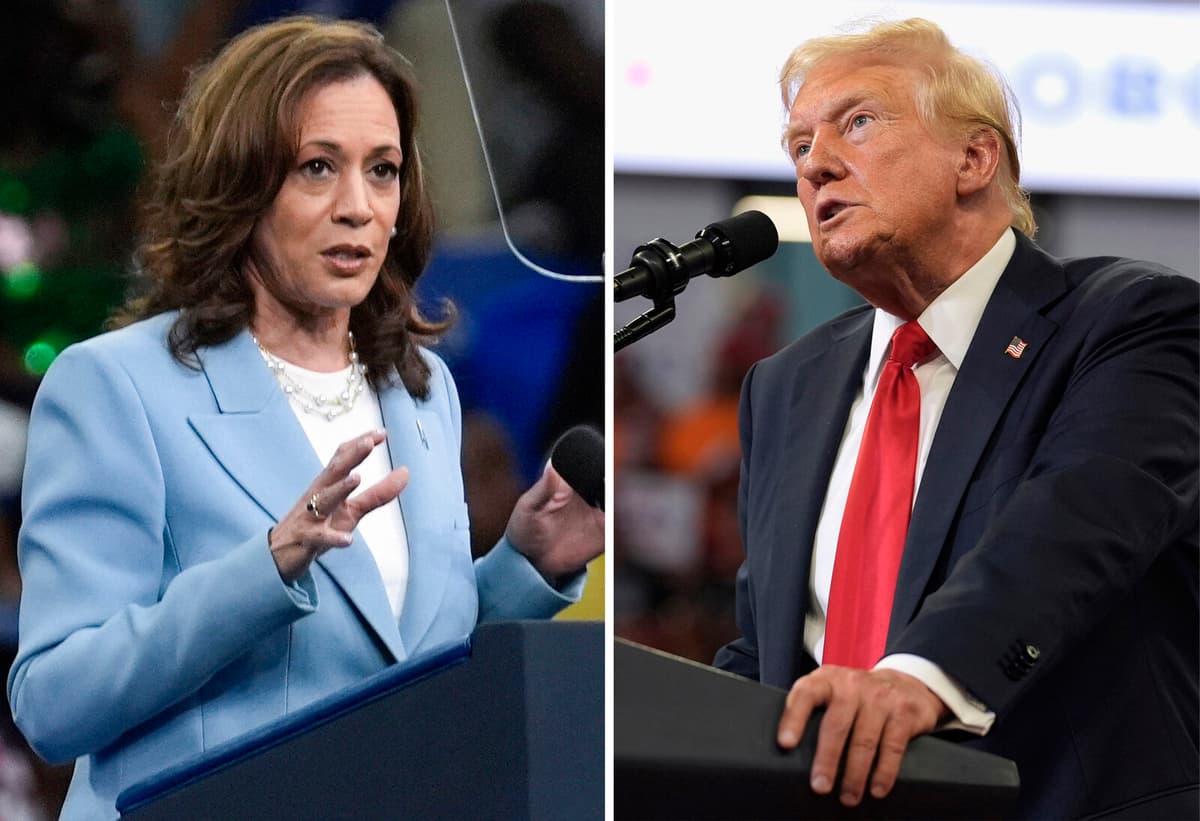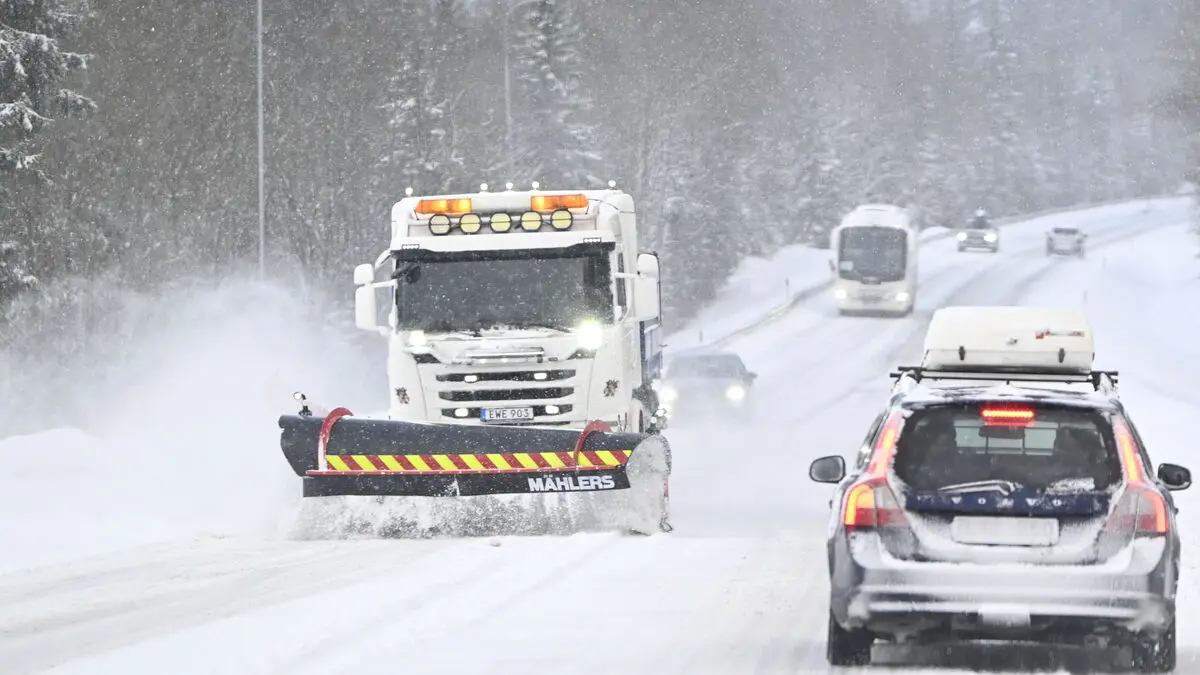What happens on November 5?
Then, elections are held in all 50 states of the USA and in the District of Columbia, where the capital Washington is located. Citizens over 18 years old who have registered will be able to vote in the presidential election – and also in congressional and state elections, as well as local referendums.
.
Who are the presidential candidates?
The USA is dominated by two parties: the Republicans and the Democrats. They select their presidential candidate at a convention the summer before the election, based on the results of the primary elections.
This year, former President Donald Trump is again the Republican candidate. He has chosen Ohio Senator JD Vance as his vice presidential candidate.
On the Democratic side, President Joe Biden stepped aside last summer and backed his vice president Kamala Harris, who became the candidate after a digital vote within the party. Her vice presidential candidate is Minnesota Governor Tim Walz.
There are also a number of independent candidates.
.
How does the election work?
Voters do not directly vote for a presidential candidate, but for electors – a kind of proxy who elects the president. The number of electors a state has depends on its population and is matched by the number of members in Congress (where each state has two senators and a varying number of representatives).
The winner in a state takes all the electors, except in Maine and Nebraska, where they are distributed proportionally.
The system makes the result predictable in most places. But in the so-called swing states, it hangs in the balance between a Democratic and Republican majority, and it is here that the election is actually decided.
.
What are the swing states this year?
Wisconsin, Michigan, Pennsylvania, North Carolina, Georgia, Arizona, and Nevada. As well as one electoral district in Nebraska.
.
What do the parties stand for?
The Republicans are a conservative, business-friendly party that often argues for low taxes, deregulation, and a small state apparatus. Representatives often defend the right to bear arms and many are opposed to abortion.
The Democrats have greater faith in the state to create welfare and build systems for education, healthcare, and infrastructure. They have traditionally been strong among academics, workers, and ethnic minorities, but support is beginning to erode in the latter groups.
.
When will we know who has won?
Usually, it becomes clear on election night, but four years ago it was very close. Then, the vote count dragged on for several days.
.
What happens after the election?
On December 17, the electors vote in the state capitals.
On January 6, these are counted and certified by Congress in Washington DC. Then, the election winner is formally declared.
On January 20, the next President of the USA is inaugurated for a four-year term in the White House.





